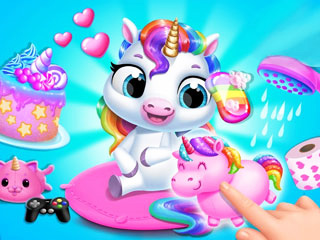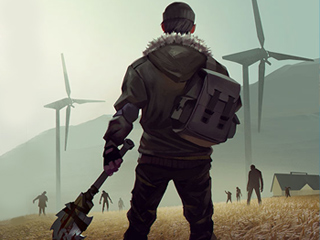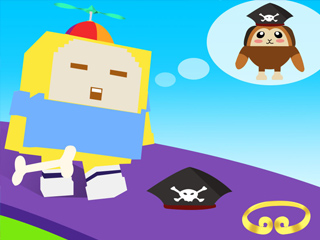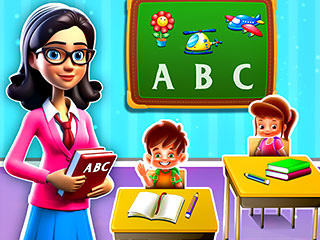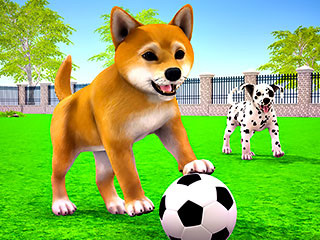Nintendo enthusiasts and gamers worldwide received the unfortunate news that the legendary game company will no longer offer repairs for the Wii U console. This announcement marks the definitive end of an era for a console that lived a tumultuous life, both critically and commercially.
Nintendo’s statement came via a post on their Japanese customer service X (formerly Twitter) account. According to the machine-translated message, the company has officially "run out of parts necessary for repairs." As a direct result, they "will no longer be accepting repairs for Wii U consoles and peripherals." This update unsurprisingly saddened the remaining Wii U users, who had hoped to keep their consoles operational for years to come.
The Official Announcement
For those seeking assistance through the Nintendo customer support website, it will be evident that repair services for the Wii U are no longer available. This is the latest chapter in a series of shutdowns that began with the end of production in January 2017 and the closure of the Wii U eShop in March of the following year. While users can still download titles from their existing game libraries and receive software updates, there’s uncertainty about how long these services will remain active.
A Look Back at the Controversial Console
For a console plagued by controversy since its inception, the end of repair services isn't entirely unexpected. 2012 However, it quickly became one of the most criticized pieces of hardware in the gaming giant's history. With its bulky GamePad, mediocre battery life, and perplexing user interface features, the console failed to capture the hearts of many gamers and critics alike.
Struggles in the Marketplace
Despite technological setbacks, the Wii U carried a significantly high costing label which resulted in considerable consumer discontent. Despite these challenges, Nintendo managed to produce several high-quality games for the console, including titles from beloved franchises like Splatoon and Super Mario Maker. Although these select games were popular, their success wasn't enough to offset the overall negative reception of the hardware.
Transition to the Nintendo Switch
Fortuitously, for those devoted to Wii U exclusive games, the debut of the Nintendo Switch in March 2017 presented a fresh horizon. Various games embarked on a new journey through either amplified adaptations or complete sequels. Games like Mario Kart 8 Deluxe and The Legend of Zelda: Breath of the Wild made their way to the Switch, enjoying enhanced efficiency and more notable popularity. This triumphant shift assuaged the concerns of several gamers hesitant to invest in fresh hardware after their previous encounter with the Wii U.
The last-known new sale of the Wii U occurred in September 2023, drawing headlines as it represented the first sale in over a year. This final transaction marked a bittersweet moment for the once-promising console, bringing closure to its complicated legacy.
Nintendo’s Historical Missteps
Though the Wii U remains a cautionary tale within Nintendo’s storied history, it provided valuable lessons that the company evidently applied to the development and marketing of the Nintendo Switch. The Wii U’s underperformance emphasized the importance of user-friendliness, coherent marketing strategies, and engaging hardware features—points where the Switch succeeded phenomenally.
The Legacy Lives On
More than a decade after its initial release, the influence of Wii U is still felt in the gaming world. Its innovative ideas, albeit poorly executed, paved the way for the revolutionary design of the Nintendo Switch. Switch’s success can be partly attributed to the lessons learned from Wii U’s shortcomings and the strong software lineup that was developed during this era.
For enthusiasts holding onto their Wii U consoles, now might be the time to see if they can perform DIY repairs or seek third-party services for any technical issues. Such communities often thrive long after official support ceases, providing a lifeline to keep older hardware running as a nod to gaming history.
Final Thoughts
Despite its hurdles and ultimate discontinuation, the Wii U serves as a testament to Nintendo's willingness to innovate—even if those innovations don’t always hit the mark. As we bid farewell to official Wii U repairs, we also acknowledge the impact this console had on the gaming landscape through its failures and successes. Though fraught with difficulties, the Wii U journey unquestionably contributed to the ongoing evolution of Nintendo's gaming consoles, leading to new heights with the Nintendo Switch.

